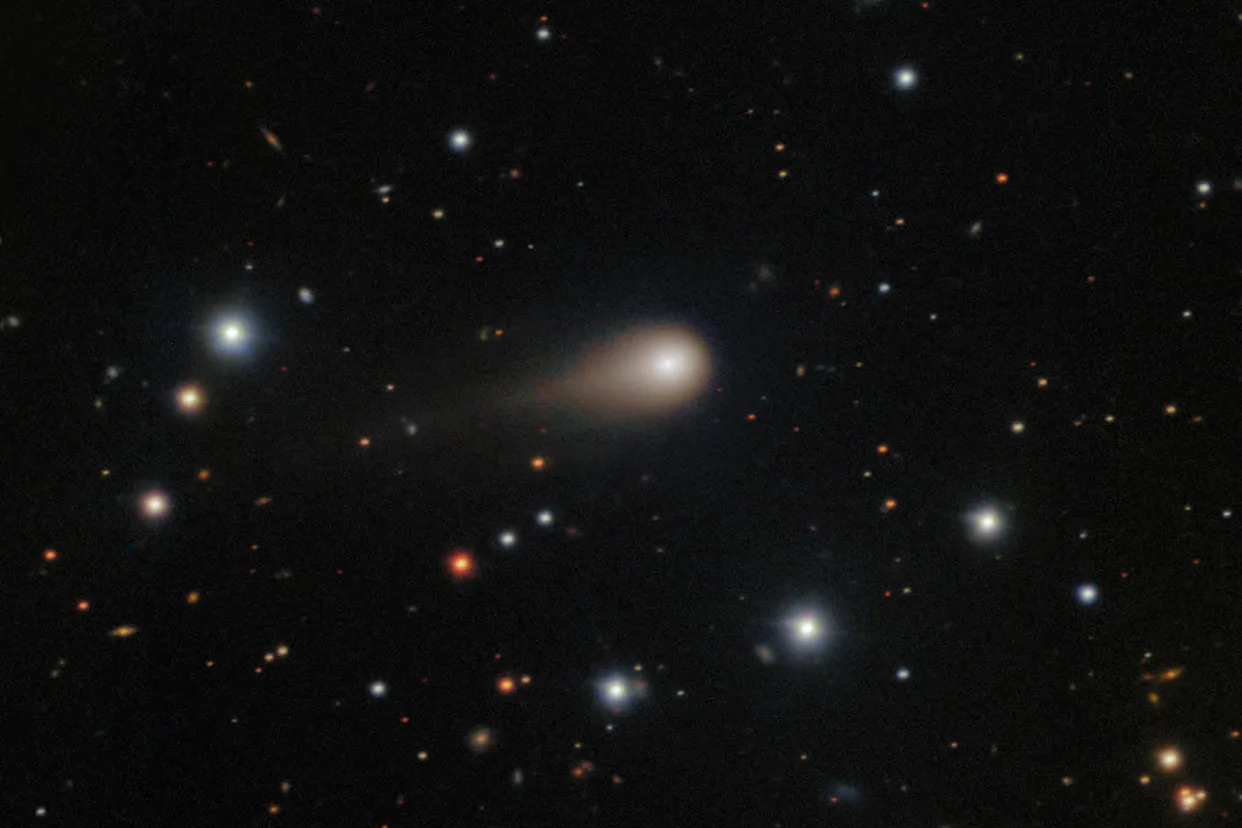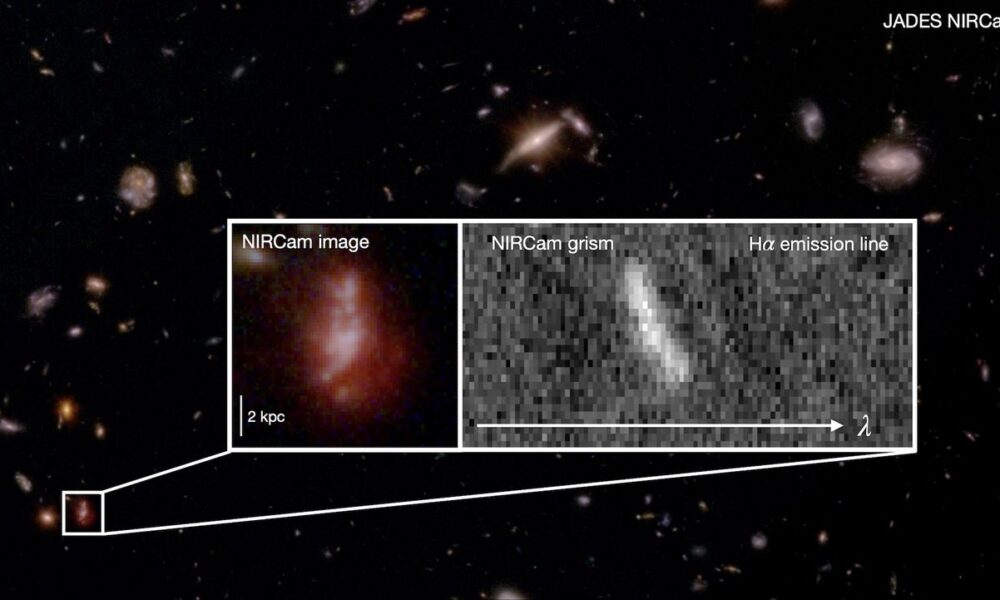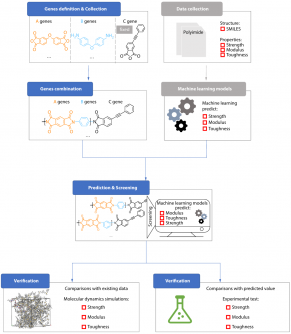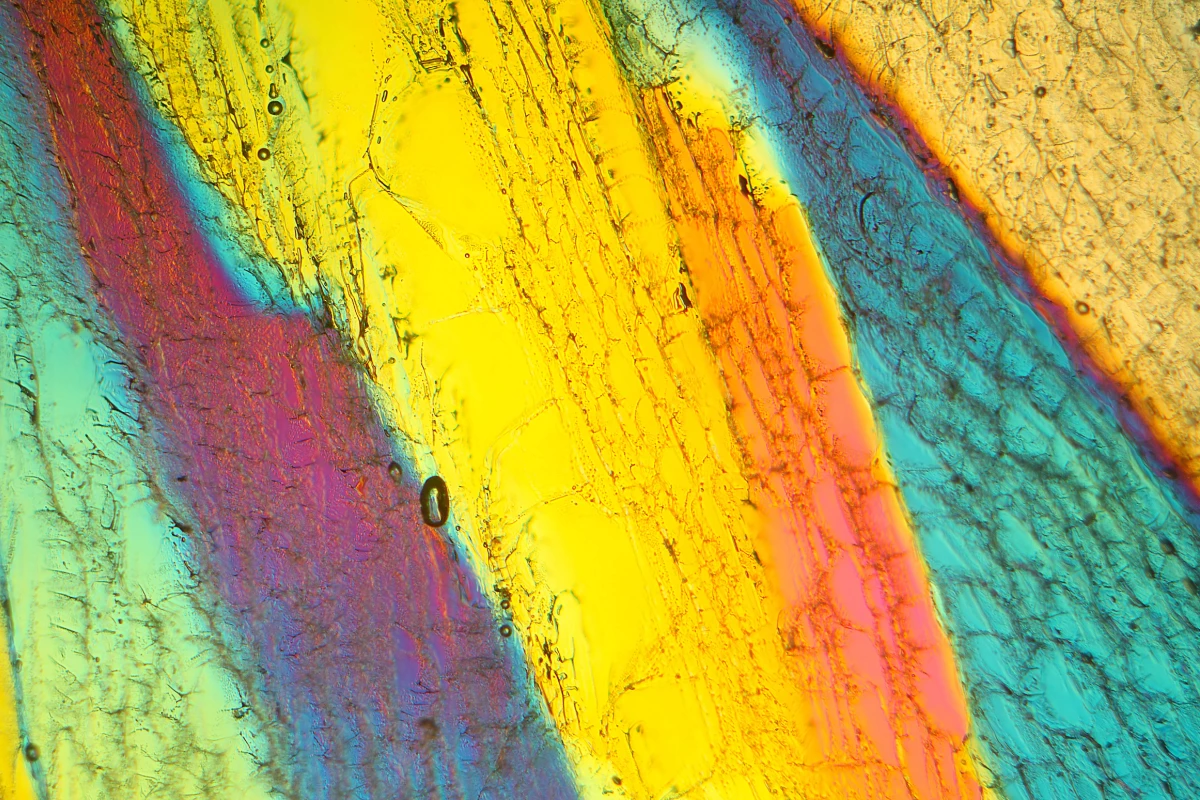An interstellar comet, known as 3I/ATLAS, is set to reach its closest point to the sun on October 30, 2025. This remarkable celestial body, which is believed to be older than our solar system, has drawn significant interest from astronomers worldwide. Fortunately, despite its approach, the comet will not pose any threat to Earth, remaining at a distance of at least 170 million miles from our planet.
Discovered on July 1, 2025, by the NASA-funded Asteroid Terrestrial-impact Last Alert System (ATLAS) survey telescope in Rio Hurtado, Chile, Comet 3I/ATLAS is the third interstellar object ever detected in our solar system. Initial observations indicate that it may have been spotted as early as June 14. According to data from the Hubble Telescope, the comet’s nucleus is estimated to measure between 1,444 feet and 3.5 miles in diameter.
Characteristics and Classification of Comet 3I/ATLAS
Astronomers have identified the comet as a typical comet due to its composition, which includes ice, gas, and dust. Surrounding the nucleus is a bright cloud known as the coma, formed as the comet approaches the sun. The heat causes the ice to vaporize, creating a distinctive fuzzy appearance or tail.
The naming convention of Comet 3I/ATLAS indicates its classification as the third interstellar comet discovered, following 1I/’Oumuamua in 2017 and 2I/Borisov in 2019. The “3I” denotes its place in the list of interstellar objects, while “ATLAS” signifies the survey responsible for its discovery.
Scientists have determined that the comet is indeed from outside our solar system. It travels along a hyperbolic trajectory, indicating it will not enter into a stable orbit around the sun. With a speed of approximately 137,000 miles per hour, the comet is too fast for solar gravity to capture it.
Scientific Insights from 3I/ATLAS
Despite its distance, Comet 3I/ATLAS is providing valuable insights into the early solar system. It serves as a cosmic time capsule, potentially containing information about the conditions of other star systems billions of years ago. Scientists have recently detected atomic nickel vapor emanating from the comet, which raises intriguing questions. The presence of nickel at such low temperatures—about four times Earth’s distance from the sun—challenges existing understanding of how metals vaporize.
Researchers speculate that the nickel may be bonding with carbon monoxide or other organic compounds, allowing it to release nickel atoms at lower temperatures than would typically be required for direct vaporization. This discovery, detailed by Space.com, may offer new insights into the formation and evolution of celestial bodies.
As Comet 3I/ATLAS approaches the sun, astronomers will continue to monitor its trajectory and characteristics. By early December, the comet is expected to reappear on the opposite side of the sun, although it will remain invisible without a telescope. The ongoing study of this interstellar visitor is poised to expand our understanding of the cosmos and the origins of our solar system.







